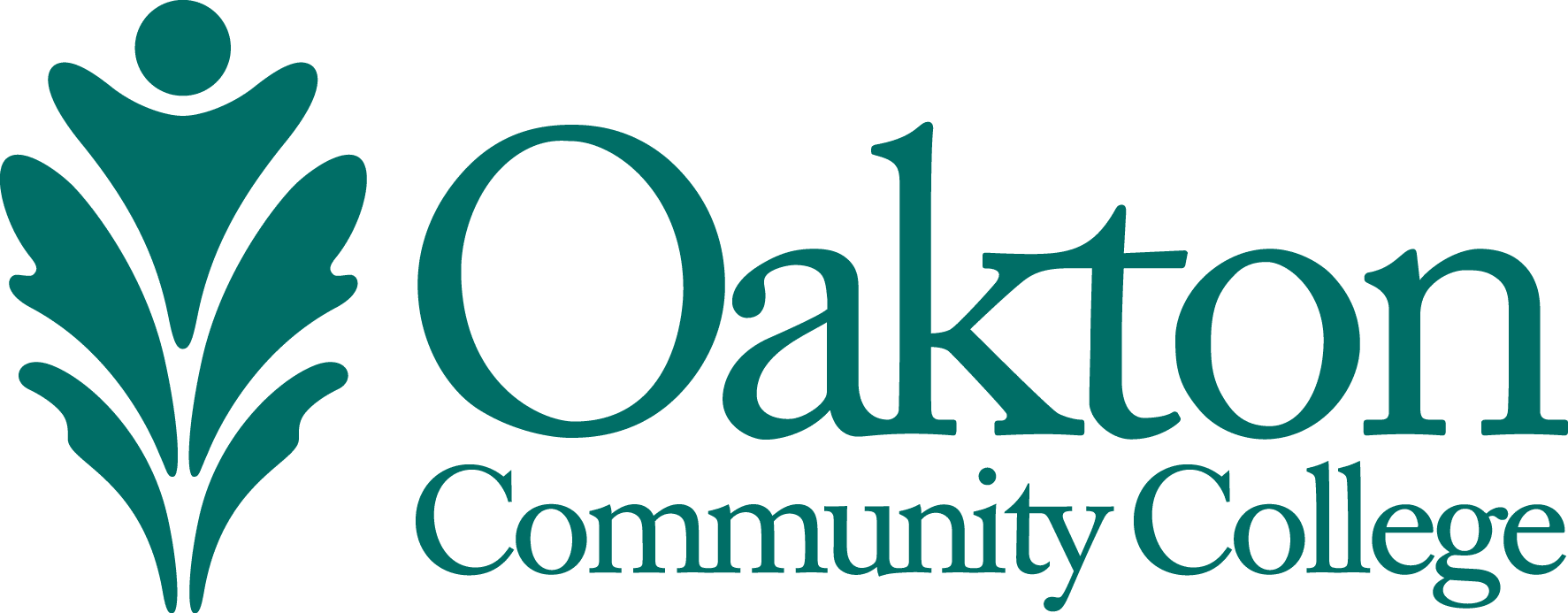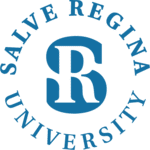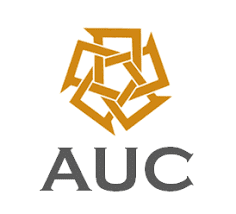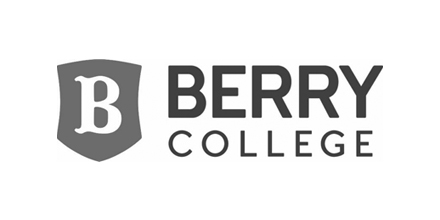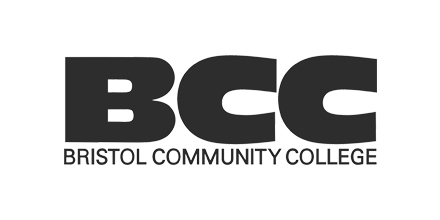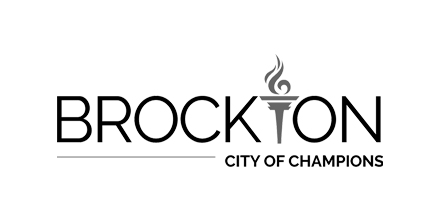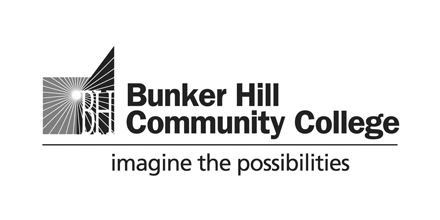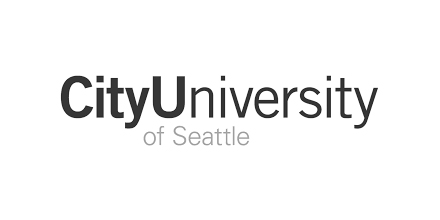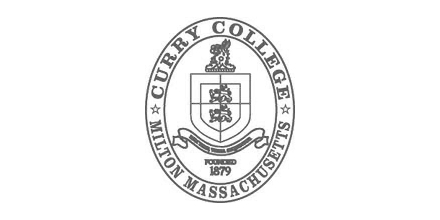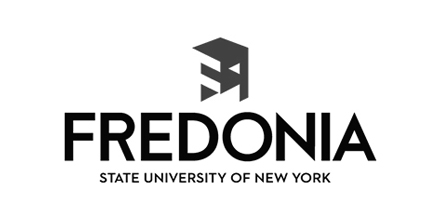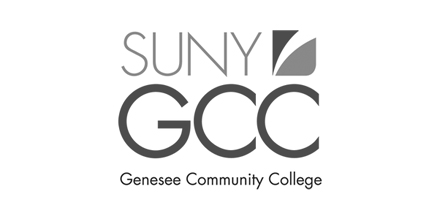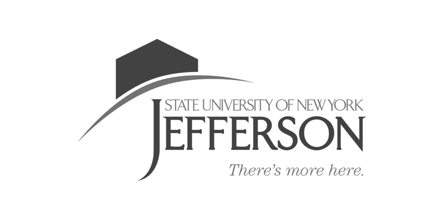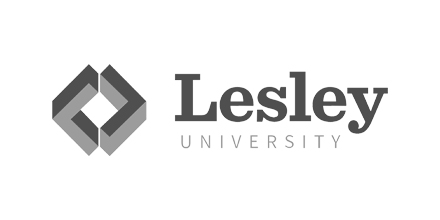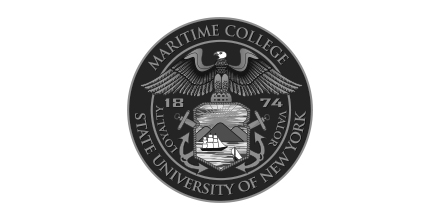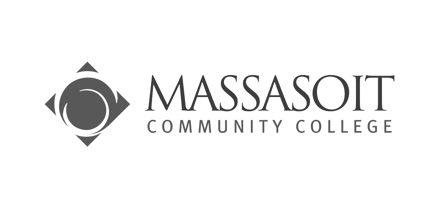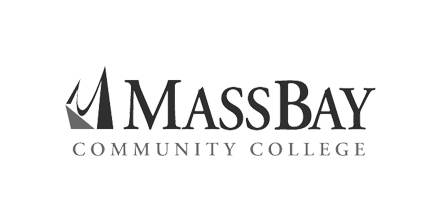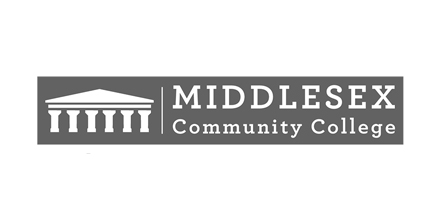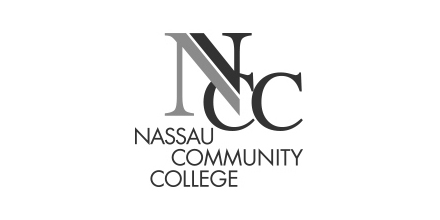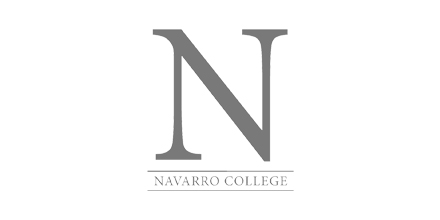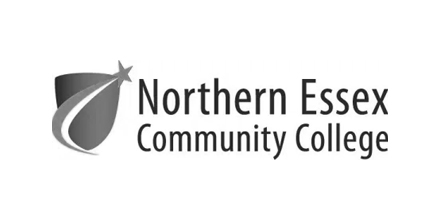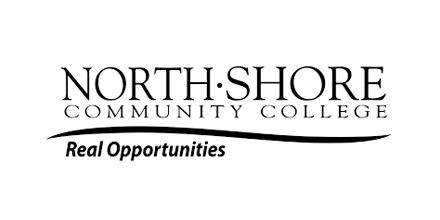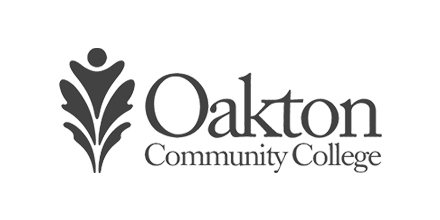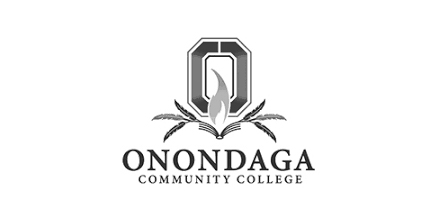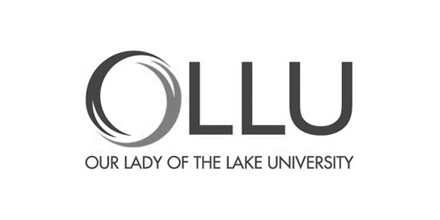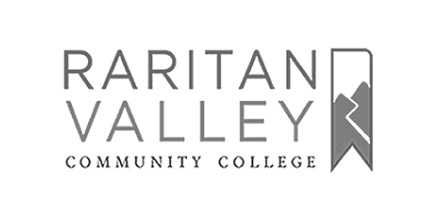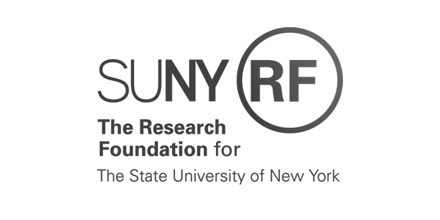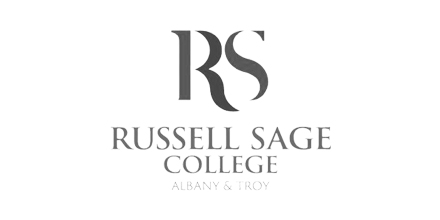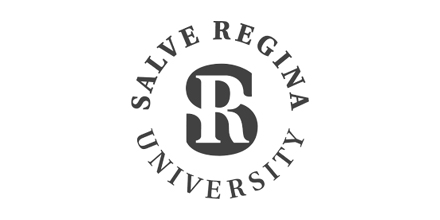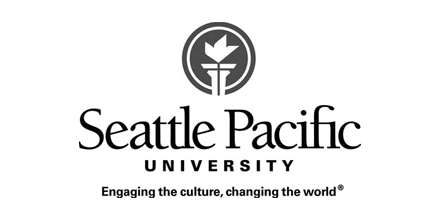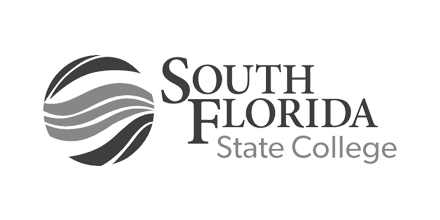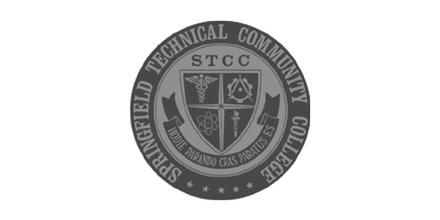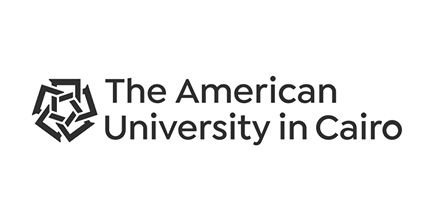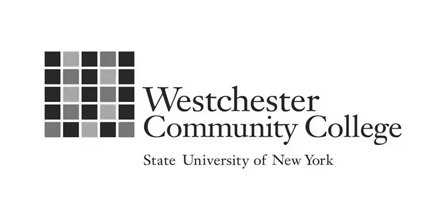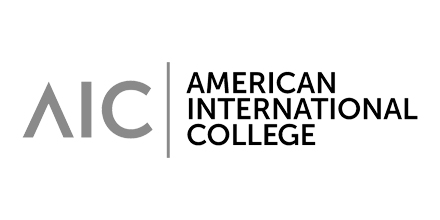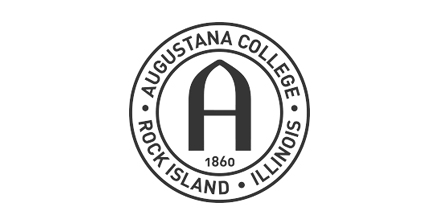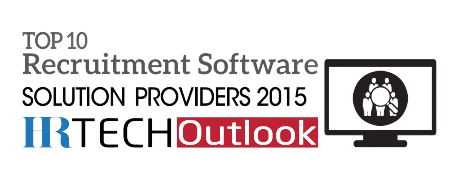The onboarding experience plays a pivotal role in faculty and staff retention and engagement. When onboarding is done right, it can leave a lasting first impression that not only boosts morale but also drives long-term productivity and commitment. Research even shows that a well-structured onboarding process can improve faculty and staff retention by as much as 82% in the first 90 days. Here are five essential steps to create a memorable and effective onboarding experience, setting up new faculty and staff for success from day one.
1. Preboarding Prep: Laying the Foundation Before Day One
The onboarding experience doesn’t begin on a faculty or staff’s first day—it starts from the moment they accept the offer. Preboarding is a crucial phase that builds excitement and provides essential information before day one, helping new faculty and staff feel prepared and welcomed.
Strategies for Preboarding Success:
- Send a personalized welcome email that introduces key team members and shares the company culture.
- Provide necessary resources, such as a faculty and staff handbook or a first-week schedule, to help the new hire understand what to expect.
- Create a virtual welcome package with company swag, login details, and helpful tips for their role.
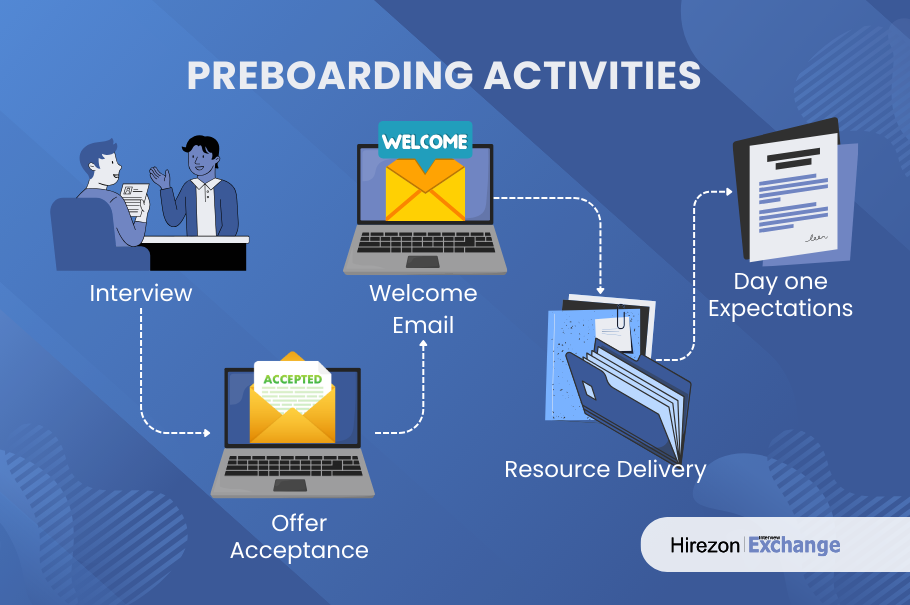
2. A Warm First Day: Setting the Tone for Success
The first day should be more than a series of forms and policies; it’s an opportunity to make new faculty and staff feel valued and excited. Studies have shown that a positive first day can significantly impact on faculty and staff’s perception of the company and their role within it.
First Day Essentials:
- Begin with a friendly welcome from the team or direct manager, reinforcing the human connection.
- Include an office tour or virtual tour (for remote workers) to help them familiarize themselves with the space or digital tools.
- Avoid overwhelming them with tasks; instead, focus on introductions, company values, and a general overview of what their role entails.
3. Define Clear Goals and Expectations: Setting New Faculty and Staff Up for Success
Clarity is key to a successful onboarding experience. New faculty and staff perform best when they have a clear understanding of their role and responsibilities. Defining short- and long-term goals during onboarding not only provides direction but also shows the company’s commitment to their growth.
Steps to Establish Goals:
- Schedule an initial meeting with the manager to discuss role-specific objectives and expectations.
- Use the SMART (Specific, Measurable, Achievable, Relevant, Time-bound) framework to set realistic goals.
- Encourage new faculty and staff to ask questions and clarify any uncertainties they may have regarding their responsibilities.
According to recent surveys, faculty and staff who have well-defined goals are 30% more likely to stay engaged and productive in the long run.
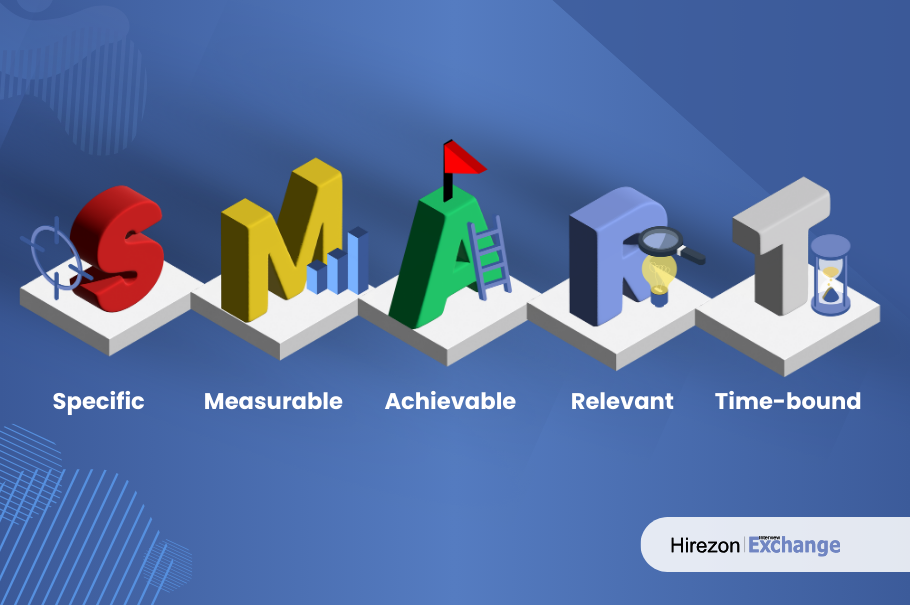
4. Foster Social Connections: Building a Supportive Network
Faculty and staff who feel connected to their colleagues are more likely to feel engaged and satisfied at work. Creating opportunities for social bonding can ease the transition into a new role and reduce feelings of isolation, especially in remote or hybrid work environments.
Ways to Encourage Social Connections:
- Assign an onboarding buddy to guide new faculty and staff through their initial days and answer informal questions.
- Plan team lunches or virtual coffee breaks to introduce new faculty and staff in a relaxed setting.
- Encourage participation in cross-functional projects or social clubs that align with the new hire’s interests.
Organizations with strong social integration have been shown to improve job satisfaction by 58%, making this a crucial component of any effective onboarding program.
5. Provide Ongoing Support: Sustaining Engagement Beyond Day One
Onboarding doesn’t end after the first day, week, or even month. Continuous support through regular check-ins helps maintain engagement and provides new faculty and staff with opportunities to voice concerns, ask questions, and seek guidance.
Implementing Ongoing Support:
- Schedule follow-up meetings at 30, 60, and 90 days to assess progress and address any challenges.
- Gather feedback on the onboarding experience to refine processes for future faculty and staff.
- Offer continuous learning and development opportunities to reinforce skills and encourage growth within the company.
Research indicates that faculty and staffs who receive ongoing support are 50% more likely to be satisfied and stay longer in their roles, emphasizing the importance of continued engagement.
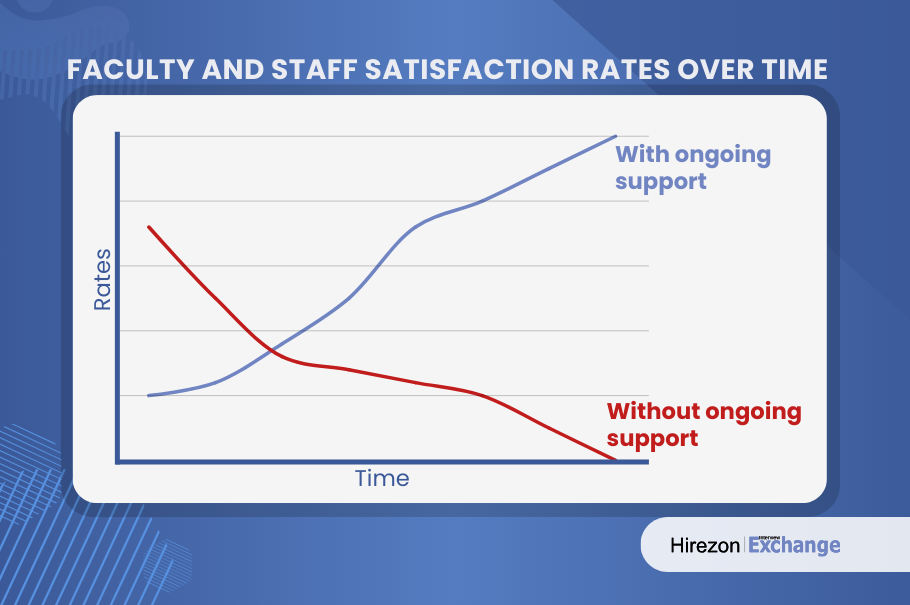
Making Onboarding Memorable
Creating a memorable onboarding experience requires more than just ticking off a checklist. By focusing on personal connection, clear communication, and ongoing support, companies can ensure that their new faculty and staff feel welcomed, valued, and motivated to contribute to the organization’s success.
Effective onboarding isn’t just a nice-to-have; it’s a strategic investment that boosts faculty and staff retention, engagement, and performance. By following these five steps, your company can set new faculty and staff up for long-term success and make a lasting impression that resonates well beyond their first day.
Ready to enhance your onboarding program? Contact us today to discover how we can help you create an unforgettable onboarding experience tailored to your company’s culture and goals.



